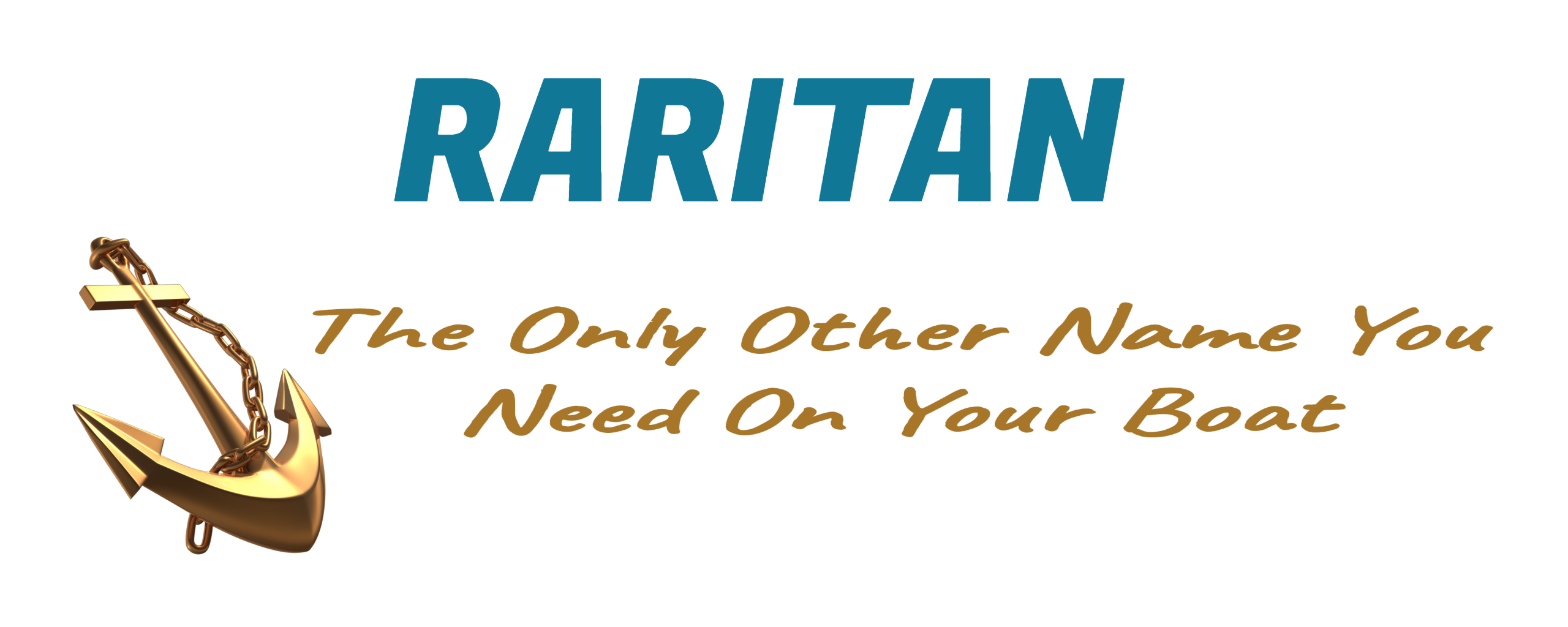The art of sailing is one that has been practiced for centuries. It was first developed in China and spread to Europe in the 14th century. Sailors learned how to navigate using the stars and the sun. The most common type of sail used was a square rigged sail, which had two or more masts with sails on each mast.
Sails were made from a variety of materials. The most common were canvas and cotton. Cotton was much lighter than canvas and was ideal for smaller ships. Canvas was much stronger and could be used on larger ships.
There are many types of sails used on boats today. The most common is the triangular sail, which is used on both the fore and aft deck. There is also the sprit sail, which is used on the bowsprit of a ship.
Sails were not always square rigged. In fact, the earliest sails were triangular. These sails were attached to the top of the mast. They were used for short trips, such as fishing. They were also used for war.
In the 17th century, the square rigged sail became popular. The square rigger was designed to catch the wind in all directions. This allowed the crew to sail anywhere they wanted to go.
The most famous square rigged sail is the gaff rigger. It was invented by Captain James Cook. He was the first person to sail around the world. The gaff rigger is still used today.
Another type of sail is the lateen sail. This is a triangular sail that is similar to the gaff rigger. The lateen sail was invented by the Arabs. It was used on their ships.
Sails are used on both small and large ships. They can be used on sailboats and yachts. A sailboat uses a mast and sail to move across the water. A yacht uses a mast and sail to sail through the water. Both of these types of vessels are referred to as sailboats.
Sails are very important to sailors. Without them, a boat would sink. Sails are also very important to anyone who wants to go sailing. Without them, it would be impossible to travel across the water. Sails have been around for thousands of years. They will continue to be around for thousands of years to come.





